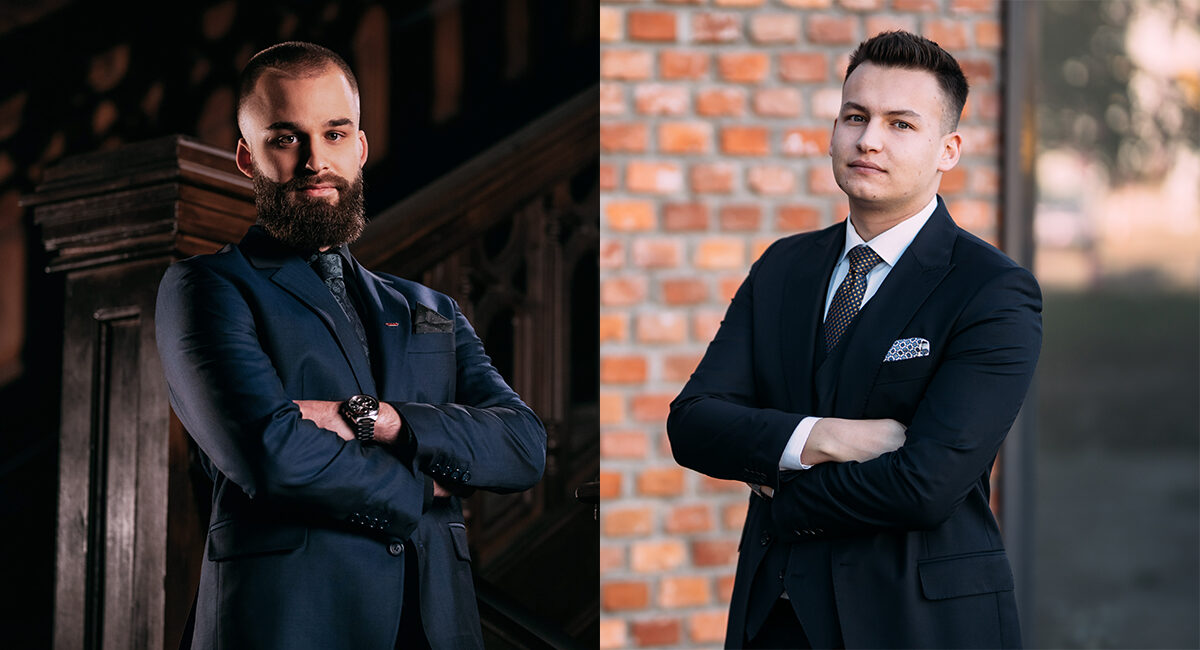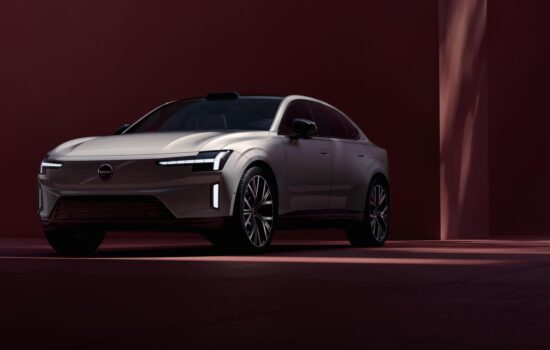The field of law has to evolve with technology, in rapid steps to remain a topical field, so sale-purchase contracts as well as public procurement contracts end up incorporating intangible objects, such as volume licenses, for the operation of desktops and software used on them, which can raise real legal problems.
Volume licenses are computer programs, which are the implementation of an algorithm in source code written in a particular programming language. A collection of individual programs designed to achieve a common goal is usually called software.
The tasks and functions of software have grown and are growing, as hardware and operating systems have developed. A single program is no longer enough to solve complex problems. Several programs are needed, which together are called an ‘application’.
Standard software (e.g., commercial off-the-shelf – COTS, Saas or Turnkey) through a license agreement, which is usually a non-exclusive assignment of the right to use a program, is largely provided:
– via the Internet or any other electronic network, by making the software available to the user via an IT platform belonging to the provider, and subsequently via an application installed on each of the terminal stations of the persons indicated by the user. User access may also be by username and password;
– by installing the software at various user workstations or indicated by the user or providing standard software by tangible means such as a CD or other computer data carrier.
In a recent case, Microsoft Office Standard volume licenses were at issue through an industry procurement contract, being an essential feature of the main object of the contract. One of the issues raised in this case is the conforming nature of licenses that can be activated on multiple units
We would like to answer some questions that are enlightening in this case, namely when is a volume license considered to be new? What makes a volume license original?
In order to better understand the answers to these questions, the steps involved in activating licenses should be briefly detailed. It is therefore necessary to approach the issue from a technical perspective, as it is generally accepted that volume licensing can be achieved in two ways:
-MAK (Multiple Activation Key) activation, which involves providing an activation code and requires each MAK to contain a specific number of device activations. The number of activations available for each MAK product key can be checked with the Volume Activation Management Tool (VAMT), which is managed by the company’s network administrator;
– KMS (Key Management Services) activation, which, similar to MAK, contains a specific number of activations, but requires setting up a server within your network with the Software Licesing Service and the KMS key. This server communicates with Microsoft servers to activate the products, which can then be activated on devices by connecting to the KMS licensing server via the internal network.
Basically, activating a Microsoft license can be done either online or remotely by manually entering an access key. Legal issues arise with manual activation, as the mere use of the key only denotes the authenticity of the license and not the fact that it is a previously unused license.
From this point of view, we emphasize that it is the obligation of the purchasing party to specify precisely the desired activation method, as the costs involved differ depending on the desired product. It should therefore be borne in mind that online activation involves several constraints, as it is carried out by connecting to a server and is much more complicated than activation by manually entering an activation key.
The certificates received from the supplier are those that ensure that the products purchased are new, of course in reality the fact that a license is new or reused is extremely difficult to prove, in essence even if the license is purchased exclusively through Microsoft.com we cannot prove that they have not been used before.
However, the issue of reusing such a license is only a theoretical one, in fact, relevant for the consumer is the license model (Windows XP, Windows 7, Windows 8, Windows 10, Windows 10 Pro). From a legal perspective, according to Article 544 of the Civil Code, a volume license is not a consumable good, it cannot wear out through use, compared to the hardware needed to operate it, which may show signs of deterioration.
Therefore, the inevitable question, which may arise after considering the aforementioned, is whether it may indeed be a volume license new or old. A classical approach shows that such a categorization is of no practical importance as long as the guarantees offered by the supplier run from the moment the license is activated.
Volume licenses authorize the use of a single computer program on a large number of computers or by a large number of users. Specific to these licenses is that they are sold at a much lower price than retail licenses, which can be installed on an unlimited number of units and impose no restrictions, but which have a much higher price, or OEM licenses, which are generally associated with pre-installed software on new units. These OEM licenses are intended for distribution on new hardware units only. Also specific to volume licenses is the fact that a single volume license can be sold to several buyers.
Even so, when a volume license is sold to more than one buyer, it does not become old or used, nor does it lose its original character. A license activated by a multiple key, used by multiple buyers does not lose its validity and is as authentic as a Retail or OEM license.
Furthermore, in order to understand whether a license can be new or old, it can be said that it can be assimilated to a right, since it confers the possibility to use the software. From this point of view, it is therefore very difficult to say that a license is new or used, since no right can be new or used. In this respect, the provisions of Article 535 of the Civil Code, which distinguishes between tangible and intangible property, should be borne in mind.
Therefore, tangible items are those goods which have a perceptible material existence. Goods, whether tangible or intangible, are the subject of a property right. Therefore, tangible things are those objects which embody a property right. This category of goods does indeed enjoy the possibility of being consumed and used, which is why in their case there is no question as to whether they are new or old.
However, as regards intangible goods, they do not have a material existence, they do not physically exist and exist exclusively in the legal order. It could be argued that these assets are in fact a fiction, as they cannot be associated with a tangible asset that exists in the material order. However, these goods can form part of the civil circuit, and it is obvious that they can be attributed a patrimonial value.
There are situations in which intangible items can easily be confused with tangible items, because of the material object that is evidence of their existence. It should be noted that, in the case of a Microsoft license, the activation key may be inscribed on a writing or any other object, which will not automatically transform the license into tangible property, but will make it easier to prove the existence or transfer of the license. The volume license will remain an intangible asset, as it is a right of access, a right of use, a right which brings various benefits to the user. It is therefore difficult, or almost impossible, to argue that such a right, a Microsoft license, can be new or old.
In view of these matters, the only conclusion that can be drawn is that some goods, which are included in the category of intangible goods, i.e. which do not have a substance, cannot belong to the category of goods which lose their character as new goods after use. The use of a good results from the traces of use left after the use of the good or from the period of use after which the good becomes different from what it was at the beginning. In any case, traces relating to the condition of the good can only be observed on the material object. Therefore, those goods which are not represented by a material object in the material world can be neither new, used nor old.
Therefore, a volume license cannot have these characteristics, but there are other limitations that may affect such goods. These include the number of uses allowed, which can differ significantly depending on the manufacturer and seller. This feature should be borne in mind by those who intend to purchase volume licenses, as it is one of the few limitations that may exist for such products. Another aspect to be mentioned is that a volume license cannot be used but can be valued by activating it, which confirms that volume licenses cannot be new or old.
With regard to the limitations of a volume license, in a relevant case at issue, the Court of Justice of the European Union has ruled that the sale of software licenses is lawful as long as the sale complies with a number of parameters. The purchase of a license is also accompanied by the transfer of rights to the purchaser of the license, who can download and use the software in its current state.
Moreover, it has been established that the creator’s right to control the distribution of the software is exhausted immediately after its sale, each subsequent purchaser of the software being the rightful owner, according to Art. 5 para. (1) of Directive 2009/24. It is therefore lawful to sell software licenses subsequently, irrespective of the manner in which the seller acquired the software, and it is immaterial whether the software was acquired on a data carrier or by download.
As regards the conditions that must accompany such a sale in order for it to be considered legal, the seller of the license must make his copy of the software unusable. This condition is intended to prevent unauthorized reproduction of the program, avoiding the use of two copies at the same time. It is important to note that the deletion or destruction of a copy by the vendor does not infringe the exclusive right of the creator to reproduce the software, as mentioned in Article 4(4). 1a of Directive 2009/24.
The legal conditions for the resale of the program are met if the seller does not divide a license into its unique components. In the case of a Microsoft Office licence, this means that the Office licence cannot be split only for certain components, such as Word, Power Point or Excel, but must be offered as a whole package.
In this case, UsedSoft, a German company, sold software on a second-hand basis, buying software licenses from Oracle customers, either in whole or in part, these licenses being group licenses for 25 users. Oracle’s customers ended up selling these licensees as they were left with unused activations. Although Oracle argued that the license terms prohibit the transfer of the software, the Court ruled that once the copyright holder of the software has sold the product, it cannot prevent the purchaser from selling it as it wishes.
So the “exhaustion principle” has been established in Europe, as the producer’s rights are exhausted when the software is sold. In the United States this principle is known as the “first sale doctrine”.
This decision has become a landmark interpretation of the Software Directive 2009/24. According to the Directive, the principle applies to a purchased copy of software. However, prior to the judgment under review, there was some uncertainty as to the applicability of this principle to downloaded software, which is intangible, but also to products that are embedded.
It therefore follows from the case law of the Court of Justice of the European Union that the sale of previously owned software is lawful, and a software author cannot prevent the resale of his “used” licenses by allowing the use of his software downloaded from the internet. The exclusive right to distribute a copy of a computer program covered by such a license is exhausted on its first sale. This means that the sale of “used” and redundant software products is legal. This ruling has created a secure legal framework for the entire European Union, ensuring fair and healthy competition in the European market.
Moving forward, when licenses are stipulated as an essential element of a contract, the specifics of each license must be taken into account, but most importantly, the license or activation key must allow for validation of the software, whether pre-installed, with online activation, or whether single or multiple activation by manual key entry.
Also, in Case C-128/11, the Court of Justice of the European Union, in its judgment of 3.07.2012, also established that perpetual software can be freely traded, i.e., ownership can be transferred from one acquirer to another. The exclusive distribution rights of the manufacturer expire with the first sale of the software. Customers who have bought a computer program on an open market have the right to use the purchased software and then sell it on, for example to a software broker, provided they uninstall it and do not use it again.
Even if the resale of the software is expressly prohibited by a license agreement between the manufacturer, who is the copyright holder, and the first acquirer, the manufacturer cannot object to the resale of that copy. The license agreement is subject to European law and aspects that conflict with European law is void.
There is also no difference between the distribution methods. Software can be distributed by a physical operator, e.g., on optical media such as a CD or DVD. It can even be sold online. It is important to note that the copyright holder cannot claim remuneration for the subsequent resale of the software copy, since the corresponding remuneration was obtained during the first sale.
Moving on, when licenses are foreseen as an essential element of a contract, the specifics of each license must be taken into account, but the most important is that the license or activation key allows the validation of the software, whether it is pre-installed, with online activation, or whether the activation is single or multiple, by manually entering the key.
As in the case of licenses and activation keys, they must allow as many activations as provided for in the contract between the parties. Furthermore, if a contract stipulates that all units must be provided with licenses, it is immaterial how the licenses are activated. In short, it does not matter whether a license comes pre-installed on a single unit, for example, only requiring activation on the Microsoft server, or whether the beneficiary has to manually enter an activation key for each unit.
From the point of view of the authenticity of the licenses, in both the situations described above we can talk about a new, genuine and compliant license. Of course, where it is expressly stated that each unit must contain a particular type of license, whether OEM or Retail, the manufacturer or vendor must comply with these requirements. Otherwise, if it is only specified that the units must be licensed, it is up to the seller to choose the type of license provided, as long as it can be activated.
It should be noted that, according to the case law of the Court of Justice of the European Union, the subsequent sale of software after it has been purchased from the manufacturer is legal, even if the terms set by the software author prohibit this. Therefore, a license purchased from a third party, which has been sold and purchased several times, is still a genuine and new license.
This article was drafted, for the Costaș, Negru & Asociații – Lawyers’ Civil Partnership blog, by Atty. Bogdan Ioan Mihai Șuta, affiliated to the Cluj Bar Association and by Atty. Andrei Fătu, affiliated to the Cluj Bar Association.
Costaș, Negru & Asociații is a lawyers’ civil partnership with offices in Cluj-Napoca, Bucharest and Arad, providing legal assistance, representation and consultancy in a number of practice areas with a team composed of 16 lawyers and consultants. Details regarding legal services and the members of the team can be found on the website https://www.costas-negru.ro. All rights for the materials published on the company’s website and on social media belong to Costaș, Negru & Asociații, their reproduction being allowed only for information purposes and with the correct and complete disclosure of the source.













